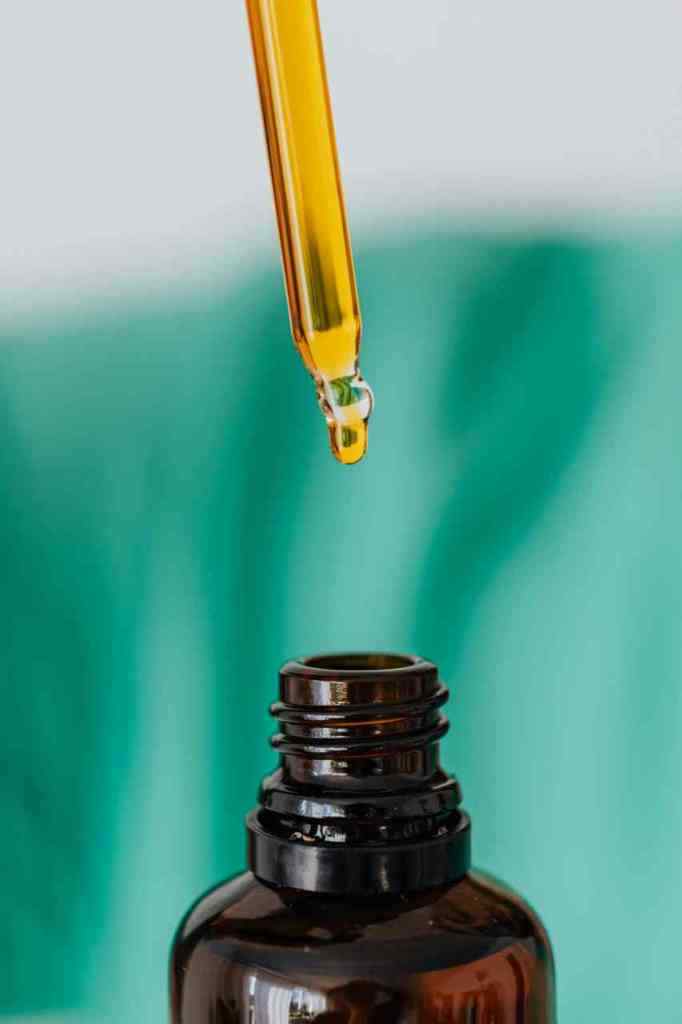The Dawn of AI-Driven Drug Discovery: A Perspective
Hold onto your lab coats, folks, because the world of drug discovery is on the verge of a revolution! Forget those dusty old textbooks and clunky beakers – we’re diving headfirst into the era of artificial intelligence (AI). Think self-driving cars, but instead of navigating traffic, we’re navigating the intricate pathways of human biology to design life-saving medications.
Eroom’s Law and the Declining Efficiency of Traditional Drug Discovery
For decades, the pharmaceutical industry has been grappling with a pesky little problem known as Eroom’s Law (yes, that’s “Moore’s Law” spelled backward – clever, right?). This principle highlights the frustrating trend of decreasing efficiency in drug development. Despite incredible advances in technology, bringing a new drug to market is becoming increasingly expensive and time-consuming, with a lower chance of success. It’s like trying to find a needle in an ever-expanding haystack, blindfolded, with one hand tied behind your back.
Traditional drug discovery methods often involve a tedious process of trial and error, testing countless molecules to find one that hits the right target without causing a laundry list of side effects. This process can take over a decade and cost billions of dollars, with a high failure rate. Talk about a gamble!
The Promise of Artificial Intelligence: Ushering in a New Era
Enter AI, the knight in shining armor here to rescue us from this scientific slump. Imagine a world where drug discovery is faster, cheaper, and more effective. AI has the potential to transform this dream into a reality. By harnessing the power of machine learning, deep learning, and other cutting-edge technologies, AI is poised to supercharge the drug development process.
But how, you ask? Well, AI can sift through mountains of data at lightning speed, identifying patterns and insights that would take human researchers years to uncover. It can predict how different molecules will interact with the human body, helping scientists to weed out duds early on and focus on the most promising candidates. It’s like having a superpowered research assistant who never sleeps, never takes a coffee break, and never complains about the smell of the lab.
Foundational Concepts in Drug Discovery
Before we get too deep into the AI weeds, let’s take a quick detour to cover some foundational concepts in drug discovery. Don’t worry, we’ll keep it brief and (hopefully) painless.
Structure-Based Drug Design (SBDD)
Picture this: You’re trying to design a key to fit a specific lock. You know the shape of the lock (the target protein) and you need to find a key (the drug molecule) that fits perfectly. That’s the basic idea behind SBDD.
SBDD involves understanding the interaction between a drug molecule (the ligand) and its target protein. By studying the structure of the target, scientists can design drugs that bind to it with high affinity, like a lock and key. It’s a bit like molecular matchmaking, but with much higher stakes.
Ligand-Based Drug Design (LBDD)
Sometimes, we don’t have a clear picture of the target protein’s structure. It’s like trying to design a key without knowing what the lock looks like – a bit of a head-scratcher, right? That’s where LBDD comes in.
LBDD relies on information about known active molecules that bind to the target. By analyzing the structural similarities and differences between these molecules, scientists can identify key features that are important for activity. It’s like trying to design a new key based on a collection of keys that already work, even if you don’t know exactly what they unlock.
Chemoinformatics: Bridging Chemistry and Data Science
Now, imagine trying to manage all the data generated in drug discovery – the molecular structures, the experimental results, the mountains of scientific literature. It’s enough to make your head spin! That’s where chemoinformatics comes in to save the day (and our sanity).
Chemoinformatics is all about using computers to represent, analyze, and manipulate chemical information. It’s like having a super-organized digital librarian who can instantly retrieve any piece of chemical data you need. This field plays a crucial role in virtual screening, where millions of molecules can be quickly analyzed to identify potential drug candidates. It’s like speed dating for molecules, but with a much higher success rate (hopefully).
